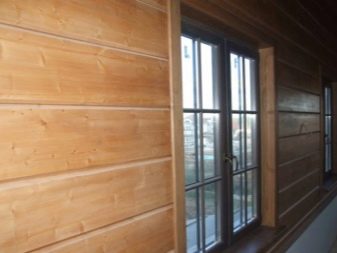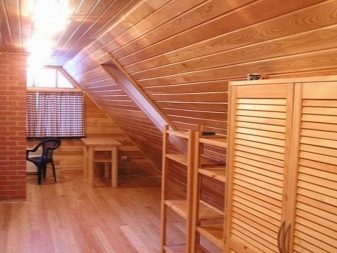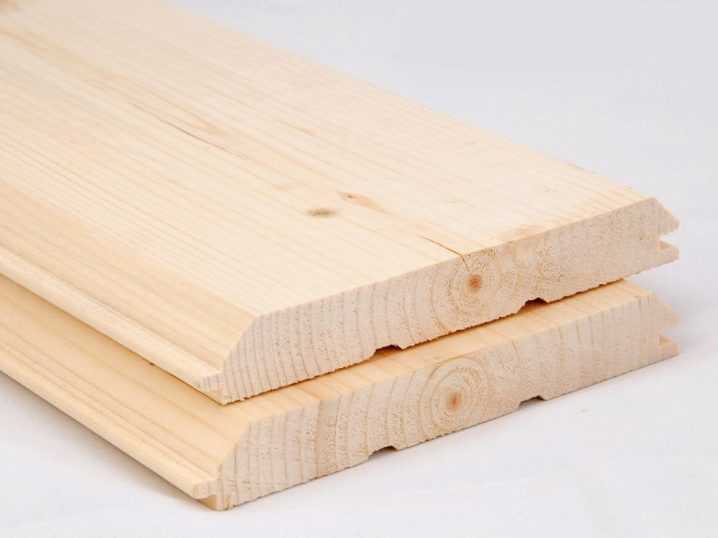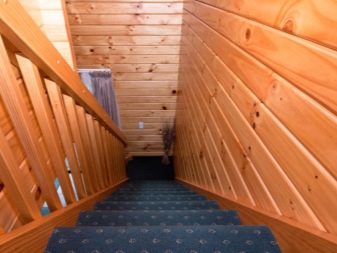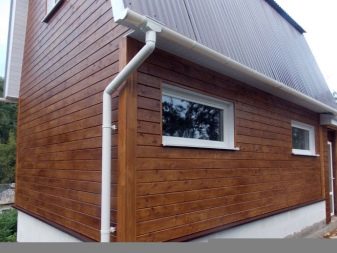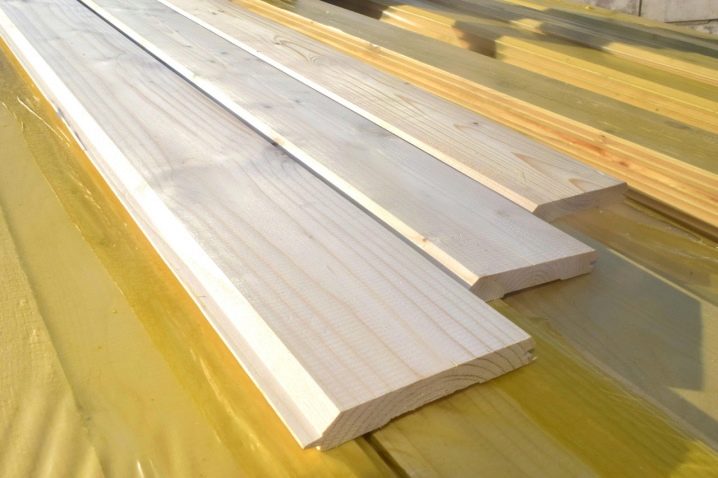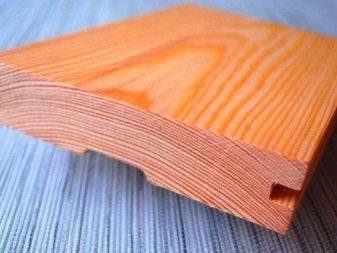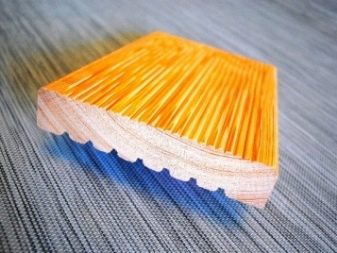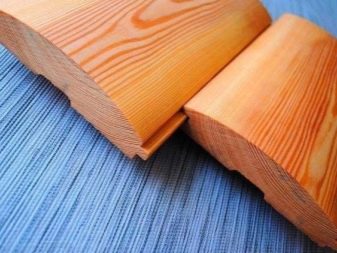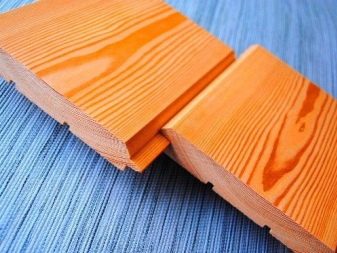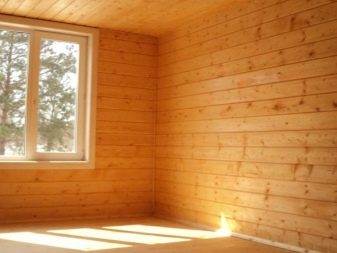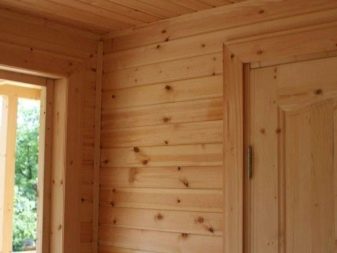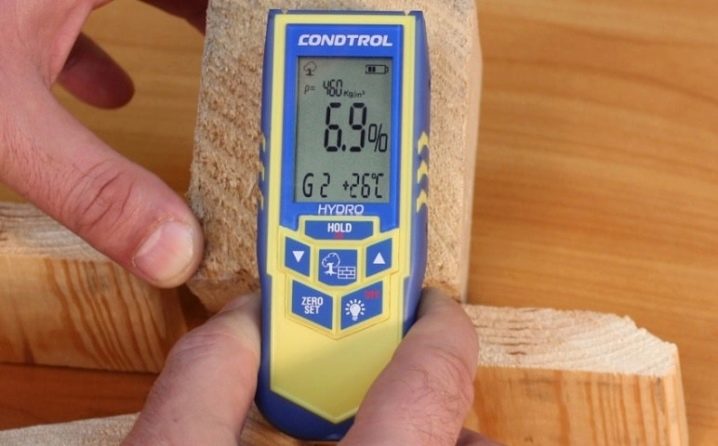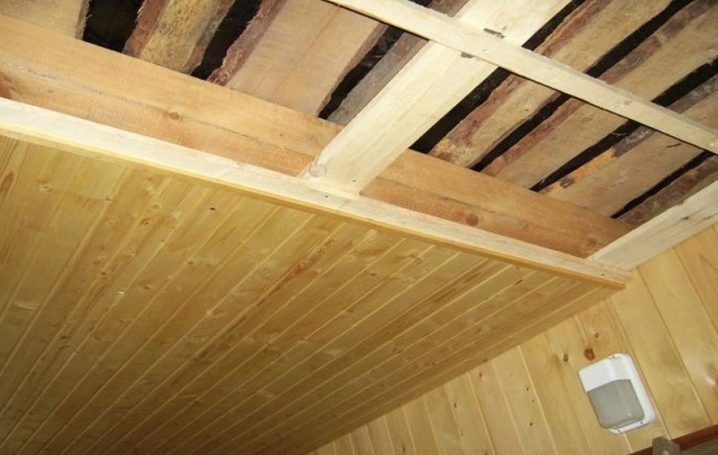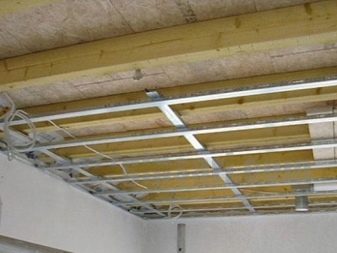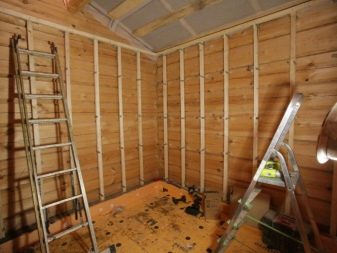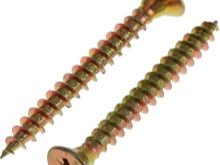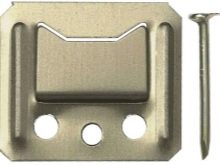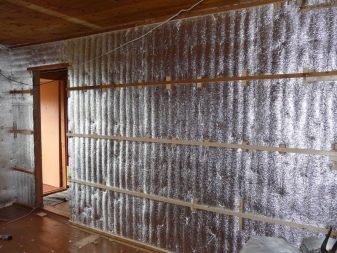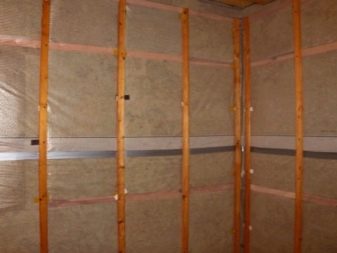Features of lining with imitation of a bar
Decorating houses and outbuildings, as well as various ancillary buildings are often carried out using clapboard. This material is very good in its practical properties, but some people believe that its appearance is not perfect enough. This is not so, because there is a very attractive solution - an imitation of timber.
Special features
This type of lining is significantly different from the usual types, and it's not just its unique trapezoidal configuration. Do not confuse it with eurolining. Reproduction of the timber allows you to give the details a variety of size and shape, and this product can be used both in the interior and in the exterior. Modern technologies allow to vary the width of each fragment from 9 to 19 cm; and some manufacturers have even mastered the production of imitation timber 25 cm wide.However, the cost of such decisions is large enough, and they are bought only in special cases.
The most popular lining width of 13.5 cm. As for length, typical solutions are 3 and 6 m, although if necessary, you can always choose the lining from 100 cm and above in increments of 500 mm. Many trade organizations sell non-formatted fragments, the cost of which is noticeably less, and at the same time, the parts are precisely adjusted to each other.
Thickness is important; naturally increase the service life and strength of the product as it thickens. For interior decoration used clapboard thickness from 1.8 to 3.4 cm, although it is preferable to the thinnest varieties of material. With outdoor work, the situation is exactly the opposite.
Models and options
The classification of products is determined by grade: the higher the grade assigned to the paneling, the more reliable it is, and the more beautiful the finish will look. Work with varieties "Extra" or "A" is very good, because this kind of products has the least flaws. With the help of the “AB” variety one can achieve savings and at the same time get a rather attractive result.
Imitation of a bar can be reached by means of boards from various breeds of wood. Most often for the manufacture of such finishes are used spruce and pine massif, which are relatively affordable and of very high quality. Larch-based lining is water-resistant, cedar has, in addition to this property, also an elegant appearance with high mechanical strength. But a great design turns into an increased cost of construction. In saunas and steam rooms, experts recommend the use of linden or alder. In any case, slits are left at the bottom to provide ventilation and free the interior of the structure from excess moisture.
Tips for choosing
First you need to accurately determine the type of wood. In most cases, lining with imitation of timber is made on the basis of conifers; a spike-groove fastening device made of coniferous wood helps ensure a tight fit, excellent thermal insulation and absorption of extraneous sounds. For outdoor decoration is recommended to use the most durable and resistant to adverse weather effects materials.Inside rooms fragility is permissible, but elegance and high plasticity become especially important. For interior work, pine looks the most preferable (at least in the budget category).
It is necessary to acquire lining only where it is stored in necessary conditions. Placement in the open air under plastic wrap, even in dry weather, cannot be considered such conditions. Any seller who respects himself and the buyer always has a device for measuring moisture in the wood. It is categorically unacceptable to purchase material with a natural moisture level, since in the process of drying it will inevitably crack or even get more serious deformations. The maximum permissible moisture content of the wall panel is 15%, and imitation of the bar should be stored in suitable conditions in order to ensure that it does not become damp.
When covering any room, even a small one, special attention should be paid to the accuracy of measurements. When real sizes allow, it is always better to use non-standard kits - this is significantly more profitable, because the amount of waste decreases.
When buying a lining of the two highest grades, it is necessary to selectively control at least individual elements. Having found flaws on them, the consumer has every right to seek the replacement of substandard products immediately. Of course, you need to check the boards in different packs, and not in one. For crates, it is advisable to use a board or a timber of the same type of rock as the lining itself. Due to this, temperature and humidity deformations will be eliminated in the upholstered room.
Application tips
As in the case of other cladding materials, lining with imitation of timber is used after cleaning the walls from the old finish and dirt. On smooth wooden walls, you can install the wall paneling without crates. But in the presence of obvious defects and deviations from the geometry that are difficult or impossible to eliminate, it is recommended to use this design. Metal crates are created on the basis of profiles, and wooden ones are formed from slats or bars. The gap between them should be ensured by a distance of at least 0.6 m.
In addition to the actual wall paneling and crate designs, you will also need:
- self-tapping screws;
- level;
- plummet;
- nails (in wet rooms);
- Klyymery (in dry spaces).
In cold rooms, baths and saunas, insulation and waterproof materials or films must be used. It is necessary to impregnate the wall paneling with flame retardants to ensure safety from fire. For exterior trimming, it is recommended to use larger boards than indoors. It is necessary to drive nails or screws at an angle of 45 degrees - this will make it possible to hide the caps with the following panels. Observing these rules, it will be easy to choose and correctly use the paneling with imitation timber.
How not to be deceived when buying a building material, described in detail in the video.

